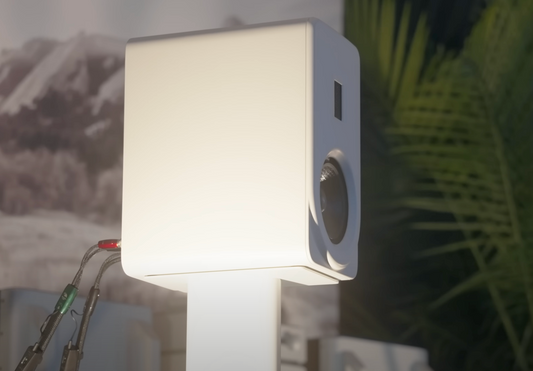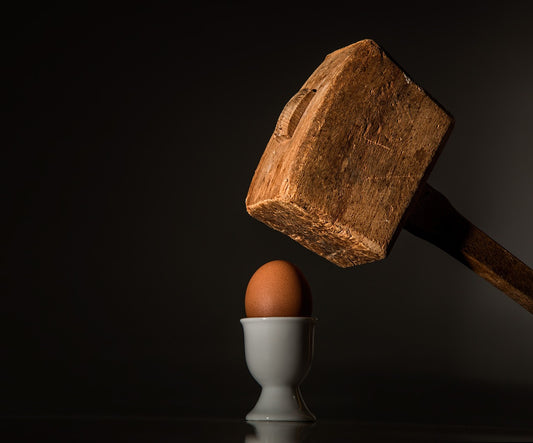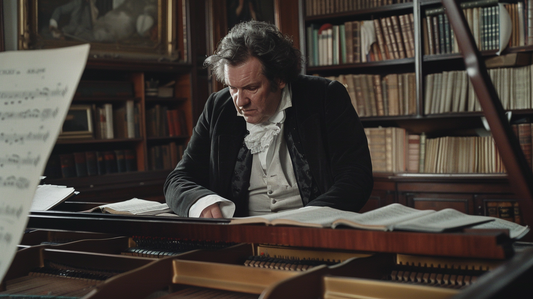I am now a proud owner of this masterpiece of creation of a great sounding amp that will not make you bankrupt.
It is worth the wait and after reading and hearing from Bascom himself selling his beliefs, the performances so far keep up to his word than just his reputation.
I have just one word - awesome.
How many companies get to touch people's hearts like this? For me, it really makes everything worthwhile. Thanks Clarence, and I hope the amp gives you many, many years of happiness.
I wrote yesterday of the Digital Lens, a regenerator that accepted bits of any quality and output perfect ones at the other end. It was a true accessory, having no purpose other than making things sound and perform better. We had created the device out of frustration. Transports and cables had such differences that it made our lives difficult finding just the right combination - and was that combo right or just a better set of compromises? The money people were spending on exotic transports and cables seemed a wrong headed approach when perhaps we could solve the basic problem they tried to address.
Our ultimate goal was to take any quality CD transport and have it sound close to our most expensive and hand picked versions. We came close but never achieved parity. Coming close was not too bad, and it took much work.
Our original plan was to build an interface that performed only one task: strip the clock from incoming data, place the cleaned bits in a holding tank, then output with a fixed and superior timing mechanism. When completed the results were certainly better, but not nearly as big as we had hoped. The difference between our $50 piece of crap (POC) CD player and reference Jadis transport remained too high. Something else was amiss, and this is where good engineering comes into play.
Every engineer I know speculates as to possible problems, then does their best to eliminate them one at a time until all that's left is the answer. It's how most science is done, though what we do cannot always be officially be called science because we rely on our personal sensors for meters; methodology that is often vilified in circles of learned people.
Our list of possible causes was long, but one seemed to stand out more than others. Electrical interference from grounds and power supplies unrelated to the bits. We reasoned that if contamination was the culprit, then we should be able to make the reference Jadis transport sound bad, where it once sounded good. So we performed a simple experiment by adding another input to the Digital Lens prototype. This input was electrically identical to its mate, though not active. While we played something on the Jadis we could simultaneously connect the output of the $50 POC to the Lens. If it was adding electrical garbage to our grounds then we should notice a decrease in quality of the Jadis. Success!
Next, we had to figure out what to do about this next problem.








